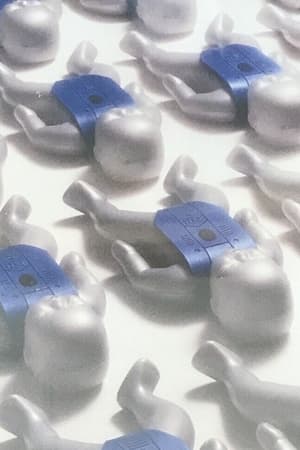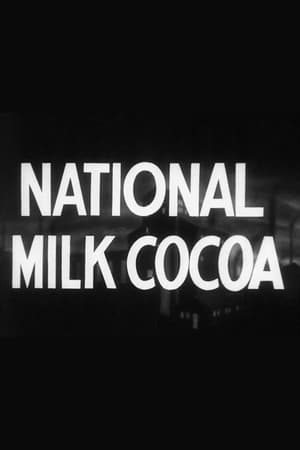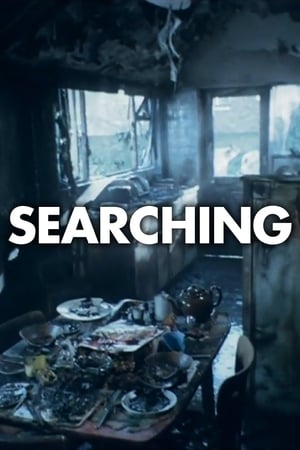

Burns And Scalds(1970)
Explains the first aid treatment for burns and scalds to relieve pain, to prevent or treat shock, and to prevent infection. Discusses the different types of burns and demonstrates the proper treatment for each. Shows applications of appropriate bandages and cover dressings, and emphasizes the correct and prompt treatment for physical shock.
Movie: Burns And Scalds
Video Trailer Burns And Scalds
Similar Movies
 0.0
0.0Actar 911 Infantry: An Overview For CPR Instructors(en)
A comprehensive overview on how to take care of Actar CPR dummies, hosted by three alien babies visiting from a distant planet.
 0.0
0.0Simply Metric(en)
A guide to going metric from the Central Office of Information on behalf of the Metrication Board.
 0.0
0.0National Milk Cocoa(en)
Drinking chocolate flashes before your eyes and makes an offer you can't refuse.
 0.0
0.0Playing with Fire(en)
You're asking for trouble when you play with fire - and this public information film is the stuff of nightmares.
 0.0
0.0Herrings(en)
This informative herring aid from WWII makes no bones about the need to make the most of every fish.
Your Chance to Live: Winter Storm(en)
Intercuts scenes from Jack London's To build a fire with modern urban and rural winter scenes to point out the dangers of winter storms and low temperatures. Designed to stimulate discussion on civil preparedness for winter storms.
Your Chance to Live: Nuclear Disaster(en)
Portrays the challenges of creating a film about nuclear disaster amid public apathy. It captures behind-the-scenes moments as the crew discusses the gravity of nuclear threats, the importance of preparation, and the emotional impact of a nuclear attack. The narrative emphasizes the need for individuals to take responsibility for their safety and community in the event of an attack, blending factual information with a call to action.
Your Chance to Live: Pollution(en)
A surrealistic look at the future if man does not learn to control pollution.
Your Chance to Live: Heat Wave(en)
The film highlights the dangers of extreme heat and the importance of staying hydrated and cool. It portrays a conversation between two friends, one of whom insists on playing basketball despite the oppressive heat. The narrative emphasizes that heat-related illnesses can be avoided by recognizing the body's signals and taking necessary precautions, such as drinking water and staying indoors. The film concludes with a report of record-breaking temperatures, underscoring the seriousness of heat exposure.
Planning for Public Shelter Entry(en)
The film features a meeting led by Dave Taylor, the shelter manager, discussing the protocols and responsibilities for staff members involved in managing a public shelter. Key participants, including operations deputy Harvey Johnson and health leader Mrs. Carter, outline their roles in ensuring a smooth entry for occupants during an emergency. The meeting emphasizes the importance of organization, communication, and the distribution of supplies. Staff members are encouraged to familiarize themselves with each other's duties and prepare for potential scenarios, including managing newcomers and ensuring safety and sanitation within the shelter.
Public Shelter Organization and Staff(en)
Created in 1963 at the height of the Cold War, this Civil Defense training film uses a dramatic premise to show how emergency staff should manage and organize a large public fallout shelter during a crisis. A Shelter Manager is shown immediately taking control of the situation in the shelter, speaking calmly to those who have made it into the facility, closing the door promptly once the shelter is full, and sticking to the "shelter plan" as the situation unfolds. Some of the areas discussed in this nuclear war drama are the safety plan, regular inspections, supervised public entry into shelters, ventilation, first aid, sanitation, fire prevention, decontamination of personnel, and more. "Shelter living is different," the Manager states, "But we have a trained staff that will make your stay in this shelter livable for us all."
 8.5
8.5The World of Budgerigars(en)
Sid James learns of the joys of owning a budgerigar.
Chlorine and the Firefighter(en)
This 1974 film is dedicated by the Chlorine Institute to the public interest. It is specifically intended to assist firefighters and other emergency services. The techniques demonstrated are appropriate for emergency use; different circumstances might require modified or additional procedure. The information is drawn from sources believed to be reliable. The Institute, its members any organizations cooperating in the development of this film, jointly or severally, cannot be responsible for how the information is used and must make this legal disclaimer. This is a 1960s era, color movie about Chlorine and emergency workers… specifically, firefighters. The film is intended to show firefighters what chlorine is, what a chlorine emergency might involve, how a company can plan ahead and how an emergency can be handled safely.
Suddenly...And Without Warning(en)
Coast Guard film about the importance of life jackets. Stresses safety in boating and shows how boating accidents can happen.
Lifesaving and Water Safety: Snorkeling Skills and Rescue Techniques(en)
The film provides a comprehensive guide on snorkeling skills and rescue techniques, emphasizing the importance of proper equipment such as masks, snorkels, and fins. It discusses how to choose the right mask for comfort and fit, the proper use of snorkels, and techniques for clearing water from both masks and snorkels. The film also covers essential skills for entering the water safely, practicing buddy systems during snorkeling, and techniques for locating and rescuing submerged victims. It highlights the need for training and emphasizes that while these skills are crucial for rescue, they do not replace the need for a full certified course in skin diving.
 0.0
0.0It Might Be You(en)
A doctor talks about the number of injuries and deaths resulting from automobile accidents.
 0.0
0.0Mrs. T. and Her Cabbage Patch(en)
Poetic tribute to Mrs Turner's vegetable growing prowess, plus the delights of "wartime steaks".
 7.0
7.0Searching(en)
A haunting fire prevention film about keeping matches out of the hands of children.
Public Shelter Supplies: What Does The Government Supply(en)
Training film for shelter managers. Food, water, sanitation, medical, and radiation detection systems are explained.

